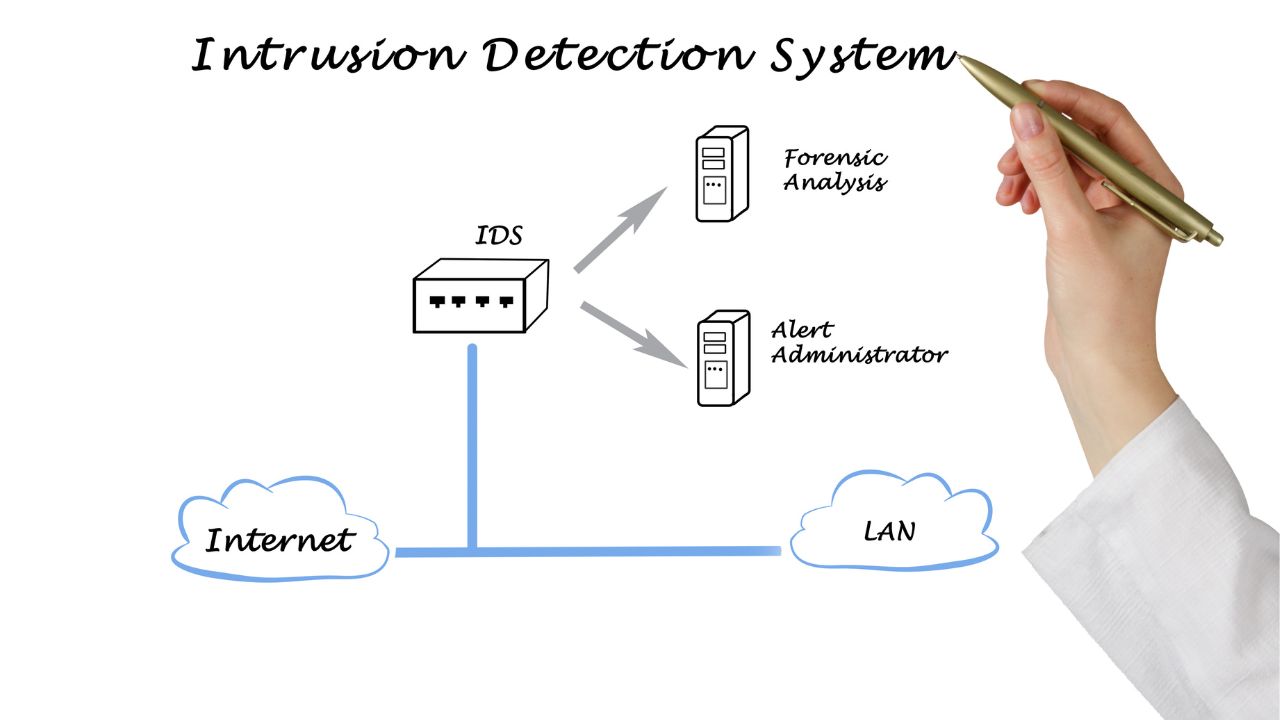
Cybersecurity: The Role of Intrusion Detection and Prevention Systems (IDS)
The Intrusion Detection System (IDS) is an essential component of cybersecurity, providing advanced protection against threats and attacks.
Its main objective is the recognition of anomalies or malicious activities in data flow, detecting unusual or malicious activities through the collection and analysis of data from networks, enabling timely response.
The primary function of IDS is to identify behavior patterns that may indicate attacks, utilizing algorithms and machine learning models. Additionally, IDS benefits from collaboration with other elements of cybersecurity, creating integrated protection systems.
An important feature is its ability to recognize behavior patterns that may indicate attacks, even when they are advanced and designed to avoid detection.
Typically, it works in conjunction with other cybersecurity tools, such as Intrusion Prevention Systems (IPS), for immediate response and prevention of potential threats.
Prevention and immediate response before damages occur are fundamental goals, contributing to the assurance of system integrity and security, as well as ensuring the continuous operation of businesses and organizations.

The goal is to prevent and address cyber attacks before they cause harm. The Intrusion Detection and Prevention System (IDS) contribute to ensuring the integrity and security of systems, protecting data, and ensuring the uninterrupted operation of businesses and organizations.
